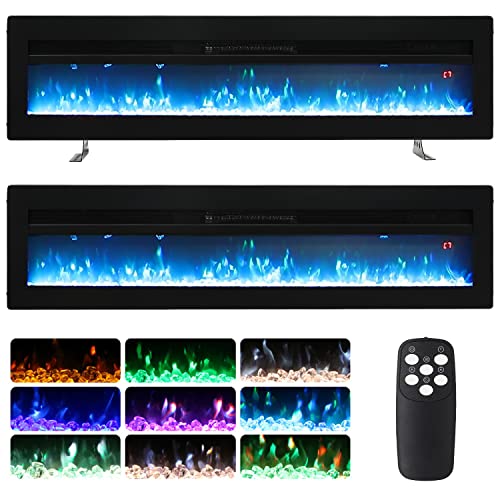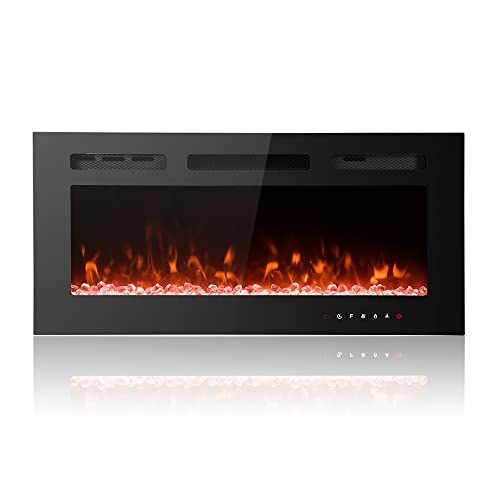14 Cartoons On Wood Burning Stove For Shed To Brighten Your Day
페이지 정보

본문
 Installing a Wood Burning Stove For a Shed
Installing a Wood Burning Stove For a ShedWood burning stoves for sheds are a great alternative for gardeners looking to add a touch of homeliness to their home. Any DEFRA-compliant shed log burner should be installed in a smoke control area and the flue pipe should be adequately shielded.
 To ensure safety from fire for fire safety, you'll also need to install non-combustible materials on the walls adjacent to and behind the stove.
To ensure safety from fire for fire safety, you'll also need to install non-combustible materials on the walls adjacent to and behind the stove.Size
A wood burning stove for the shed is a wonderful accessory to any room and not only provide efficient heating, but also providing an attractive rustic look that brings warmth and ambience. Before you choose a wood burning stove for your shed, or any other off grid dwelling, such as a shepherd's hut, yurt, or container home, it is essential to be aware of the safety and rules.
When you are buying a stove for a shed, log cabin or any other outdoor space, the size is an important aspect to consider. While it might be tempting to purchase larger stoves than the space actually required for, this can frequently result in a loss of performance and even overheating. To avoid this, we suggest using our KW calculator to figure out the approximate KW output needed for your space and then adding a few more KW just to be safe.
There are a lot of small log burners available which are perfect for log cabins and sheds. Take the Charnwood Country 4 for example This model features beautiful country-inspired designs that would suit any type of log cabin or shed, while it boasts a heat output of up to 4.8kW. The model is Ecodesign capable, which means that it burns very small wood burning stove efficiently and creates the least amount of air pollution. It also has a large viewing area as well as a multi-fuel grate so you can burn wood and smokeless fuel.
Another great option is the Saltfire Peanut stove range, which is available in a range of colors and boasts an impressive heat output of up to 4.7kW. While this model requires some extra space to combustibles than other models on this list - 550mm from the sides and rear - it can be reduced by 100mm when shielding is used. It also has a large viewing area which makes it a great option for any shed or log cabin.
To ensure compliance with local regulations, you may have to install non-combustible material around the stove or flue pipe depending on the size and style of your shed. This is particularly important when you have a building made of wood. The wood must be kept at 200mm away from the stove in order to prevent fires. If your shed was built from a different material, you must seek out an expert installer to ensure that the appropriate insulation measures are in place.
Installation
A shed best wood burning stove burner is a great option to make your garden cosy and comfortable during the winter months. If you decide to add one to your shed, make sure that it is installed correctly. This will shield your shed against fire damage and ensure that the stove is in compliance with the building regulations and safety standards. It is also essential to ensure that the shed is ventilated. This includes making sure that the space around the fireplace is free of any combustible material. Without proper ventilation, the shed could become dangerous due to the accumulation of carbon monoxide.
Installing a shed wood burner - http://delphi.larsbo.org/user/Reportblack4, begins with measuring the space you'd like to put it in. Make sure to take into account the size of the stove and any other necessary accessories. Also, make sure to follow the manufacturer's guidelines regarding the safe distance from combustible materials. It is also important to consider the shed's insulation levels, as these can impact the amount of heat that the stove generates.
Once you have measured the space then mark the location where you intend to create the opening in the wall of the shed. Use the plumb line to get the right positions and ensure that you leave enough space between the stove's back and the wall, as well as between the walls of the shed and the chimney stack. You'll also need to install an insulation that protects the walls of the shed from the heat generated by the stove. This comes with the kit and simply aligns with the hearth plate.
It is also necessary to ensure that your shed is equipped with hearths made of non-combustible materials, such as slate, granite, or concrete. The hearth must be a minimum of 12mm thick, 225mm wide in the front, and 150mm wide on the sides and back. The flue pipe has to be shielded and the safe distance between combustible surfaces cannot exceed 200 millimetres.
Once the stove and hearth are in place, you should wait at least 24 hours prior to lighting it for the first time. This is to allow the mortar and sealants used to cure properly.
Ventilation
A wood stove needs oxygen to burn - a lack of airflow will result in a fire that doesn't burn or even carbon monoxide poisoning. A vent will allow air to circulate around the stove while it is in operation, preventing carbon dioxide build-up and promoting air circulation. Vents should be the same dimensions as the chimney/flue and be placed as close as is possible to the stove.
There are a number of regulations that you must adhere to, especially with regard to ventilation, when installing a indoor wood burning stove-burning stove in an outdoor space. You could face fines if you do not comply. To avoid this, employ a HETAS-registered installer to complete your installation and give you an official certificate of conformance.
The Building Regulation Approved document Part J, which governs the installation of chimneys and flues must also be adhered to. The distance between the flue pipe and combustible material like walls or ceilings are also covered. The flue pipe and stove must be secured against fire damage using either heat shielding or an insulative board.
It is recommended to place an insulated board behind and in front of the outlet for the flue. This will prevent flue gases from being trapped in walls that are not insulated and causing fire damage.
You can also protect the shed from dampness if you position it away from potential sources of moisture. This could include windows or doors that leak and any areas that rainwater may splash onto the stove or flue pipe.
A dehumidifier also helps to reduce the amount of moisture present in the air, which can create a more pleasant environment. It can also stop the growth of fungus and mould on the surfaces of your shed. This could affect the performance and cause damage to the stove.
The type of fuel that you burn in your log burner could affect the performance of your log stove. Don't burn treated off-cuts, ply wood, or particle boards. These materials can produce toxic chemicals that can harm the stove or flue system and create excessive emissions. They can also cause dangerously high temperatures and high temperatures in flue gas. Also, never burn rubbish such as tyres, cardboard or paper as they are harmful for the environment and could slow down your stove.
Safety
Although it is possible to install a wood-burning stove in the shed, it is important to follow the correct installation guidelines and take the appropriate safety precautions. This includes ensuring that your shed is in compliance with the requirements to install a log burner, and that your chimney system is in good working order. It is also a good idea to make sure you have the right fire insurance.
The first thing to consider when looking for the perfect shed for a wood stove is its construction materials. Certain sheds, especially those built with a corrugated metal roof, might not be suitable for installation of log burners because of fire safety issues. It's also worth noting that the use of timber as a building material may be prohibited for this type of application by regulations for planning, so be sure you check with your local authority before you begin your work.
The next step is to ensure that your shed has adequate ventilation. Without this the combustion process isn't as efficient and could create a health risk due to carbon monoxide accumulation. In addition, the lack of ventilation can cause condensation, which can lead to damp issues in the shed.
Make certain that your shed isn't too close to the stairwell. This can cause heated air to rise, and then lose heat. The shed should not be too far from a window as this could result in drafts that can trigger certain stoves like the open-window detection system to activate.
It is also essential to check the shed roof to ensure that it is watertight and well-sealed in the areas where the flue pipe flows through. Ideally, you should employ a professional roofer to carry out the work so that it is completed to a high standard and shed wood burner is in accordance with building regulations and fire codes. You should also keep an extinguisher of class A in the shed to respond quickly to any smoke or fire issues. It is recommended that you check your shed every year for signs of wear and damage and repair them. You should also ensure that the chimney and flue cleaned frequently to prevent the accumulation of creosote.
- 이전글Your Family Will Thank You For Getting This Nissan Key Replacement 25.02.11
- 다음글The 10 Most Scariest Things About ADHD Private Assessment 25.02.11
댓글목록
등록된 댓글이 없습니다.